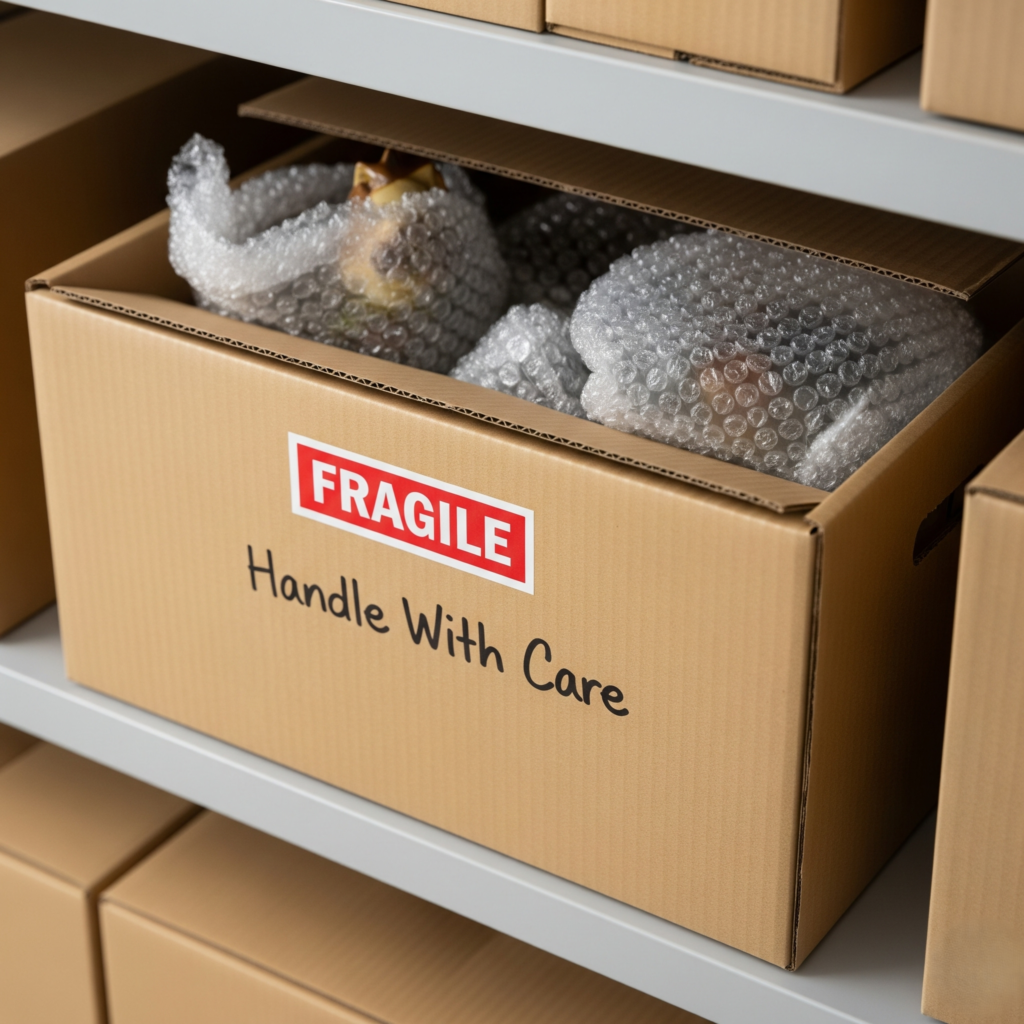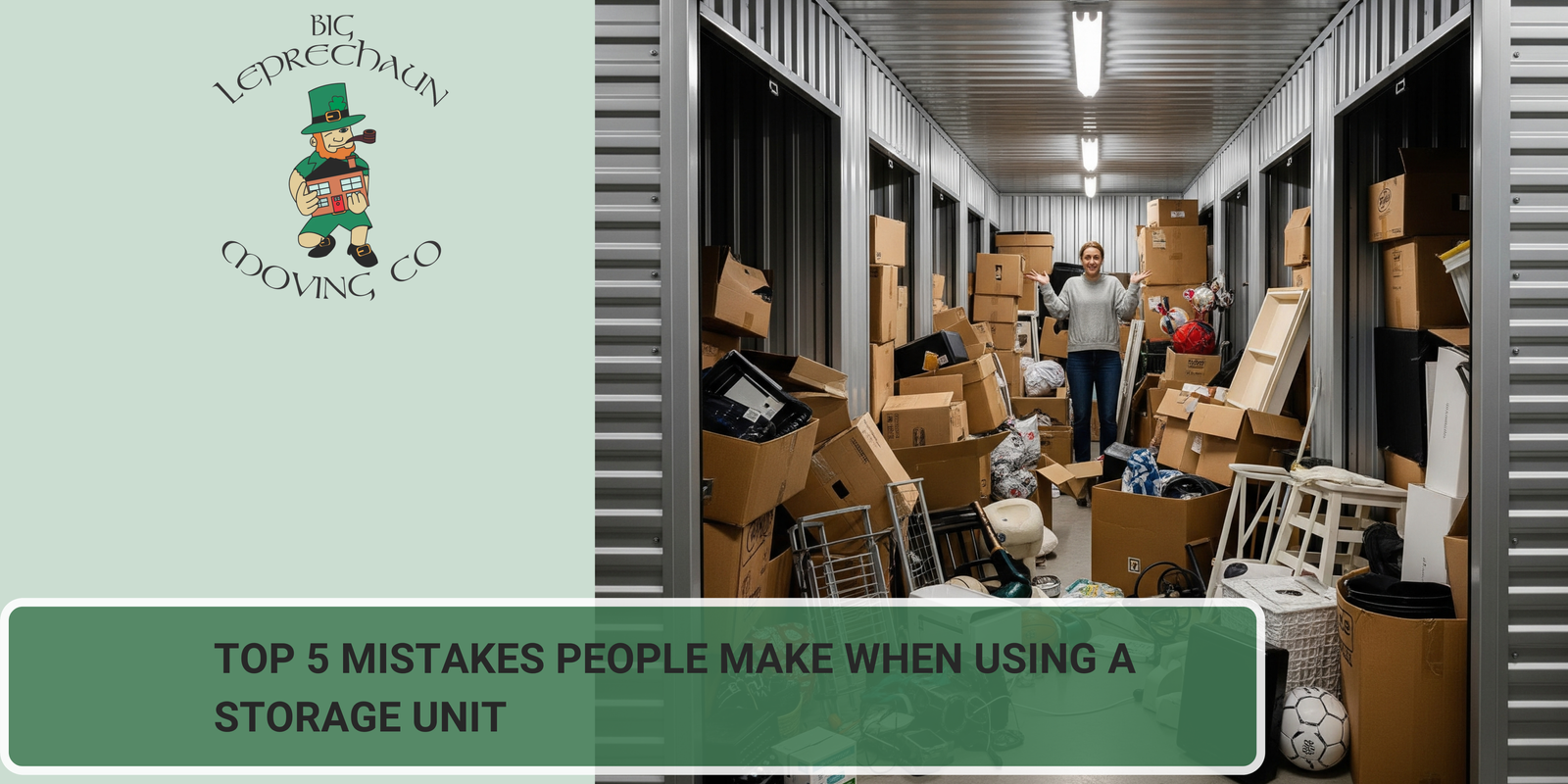Introduction
Using a storage unit can be a smart and convenient solution when you’re moving, downsizing, decluttering, or managing overflow. However, many people misuse storage units without realizing it, leading to damaged items, wasted space, or added expenses. Whether you’re storing items short-term or for years, avoiding common mistakes will save you stress and money.
In this guide, we’ll cover the top 5 mistakes people make when using a storage unit and how you can avoid them for a more organized and efficient experience.
1. Not Choosing the Right Storage Unit Size
Choosing a unit that’s too small or too large is one of the most common errors. Many renters underestimate the amount of space they need, resulting in crammed items, damage, or the need for an upgrade.
Why It’s a Problem:
- A small unit might require stacking boxes dangerously.
- A large unit leads to wasted money on unused space.
How to Avoid It:
- Measure your items or use a storage calculator on the facility’s website.
- Speak with storage professionals to assess the right size based on your inventory.
2. Failing to Label and Inventory Items
It might feel tedious in the moment, but skipping labeling is a major regret later. Without labels and a detailed inventory list, you’ll waste time digging through boxes when you need something.
Why It’s a Problem:
- You’ll forget what’s inside unmarked boxes.
- Retrieving one item becomes a frustrating task.
How to Avoid It:
- Use clear labels on all sides of each box.
- Keep a digital or physical list of what’s stored, categorized by box or section.
3. Improper Packing of Items
Packing improperly leads to breakage, damage from moisture, or issues from poor stacking. This mistake often stems from rushing or reusing weak materials.
Why It’s a Problem:
- Fragile items can break.
- Poor-quality boxes may collapse.
- Mold and mildew can form if items are packed wet or without ventilation.
How to Avoid It:
- Invest in sturdy, uniform boxes.
- Use bubble wrap, furniture covers, and moisture absorbers.
- Never store wet items.

4. Storing Prohibited or Sensitive Items
Storage units have restrictions for a reason. Storing perishable goods, hazardous materials, or sensitive items can lead to legal trouble or serious damage to your property.
Why It’s a Problem:
- Perishables attract pests.
- Flammable materials are a fire hazard.
- Electronics may be ruined in non-climate-controlled units.
How to Avoid It:
- Always check your storage facility’s list of prohibited items.
- Use climate-controlled units for electronics, artwork, or musical instruments.
5. Neglecting to Plan for Accessibility
Most people only think about fitting everything in the unit, not how they’ll get it out. Without a clear layout or pathway, you’ll have to unpack the entire unit just to reach a box in the back.
Why It’s a Problem:
- Inaccessibility wastes time and causes frustration.
- Heavier items might block access to frequently needed ones.
How to Avoid It:
- Leave walkways between box stacks.
- Place frequently used items near the front.
- Use shelving units to maximize vertical space.
Bonus Tips for Efficient Storage
- Insure your items: Not all facilities provide insurance, so check your homeowner’s or renter’s policy.
- Visit regularly: Check on your items every few months to ensure no damage or issues have developed.
- Use pallets or plastic bins: Keep your items off the floor in case of unexpected leaks.
Conclusion
A storage unit is only as effective as how you use it. By avoiding these top five mistakes, choosing the wrong size, poor packing, skipping inventory, ignoring rules, and failing to plan accessibility, you’ll make the most out of your rented space while protecting your belongings.
With smart organization, proper materials, and a little planning, your storage unit can be a stress-free solution, not another source of chaos.






